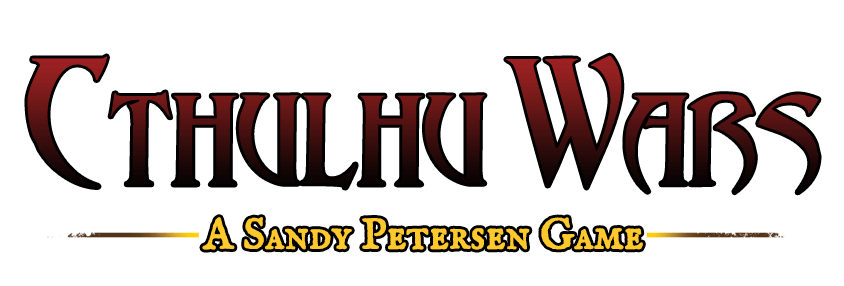Quis custodiet ipsos custodes?
A player can take the “Activate Custodian” action on their turn. This costs 0 Power, but they have to discard their Silence Token. The player can then move the Custodian to any Area, after which he (the Custodian) attacks by rolling the Agony Die.
The Agony die is a cubical die numbered 1-3 twice, so it generates a random number from 1-3.
If and only if the Custodian did not move during its Activation, add +1 to the Agony die (so a follow-up attack by the Custodian is more powerful).
The factions in the targeted Area must remove units equal to the Agony die’s roll to the Oubliette (an Area in the ground floor). The player who activated the Custodian picks how many units from each faction are removed, but the targets pick which units have to go.
So the Agony die isn’t too agonizing when used by the Custodian. Mostly he just sweeps Areas clean of units.
Example: The Yellow Sign spends 1 Silence token to activate the Custodian in the Black Chamber. Three factions are present – Great Cthulhu (Cthulhu + 2cultists), Crawling Chaos (Nightgaunt + 2 Cultists), and The Yellow Sign (King in Yellow by himself). A “2” is rolled on the Agony die, which is increased to a “3” because the Custodian was already in the Black Chamber and didn’t move. The Yellow Sign selects himself as one of the victims, and happily evacuates his King to The Oubliette. He decides that Crawling Chaos must move the remaining 2 units, and that means Cthulhu need move none. Crawling Chaos chooses to move his two Cultists, leaving his nightgaunt behind.
And that’s how the Custodian works. One of his main functions is to boot people out of the Special Collections, which causes those rooms to free up so you can take those Gates. And this also renders their books overdue, which means you can now inflict the Librarian on them. And the results when she rolls that Agony die are fearsome.

